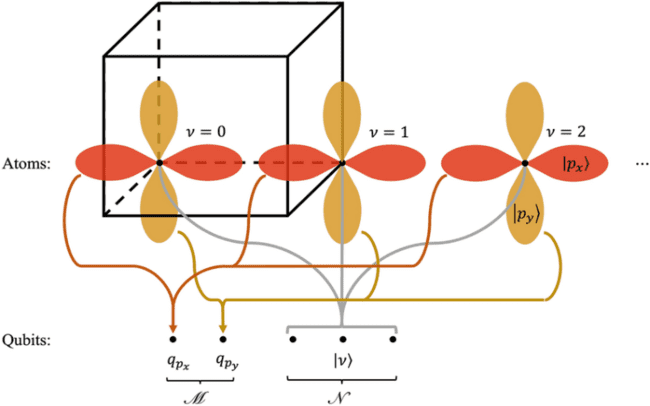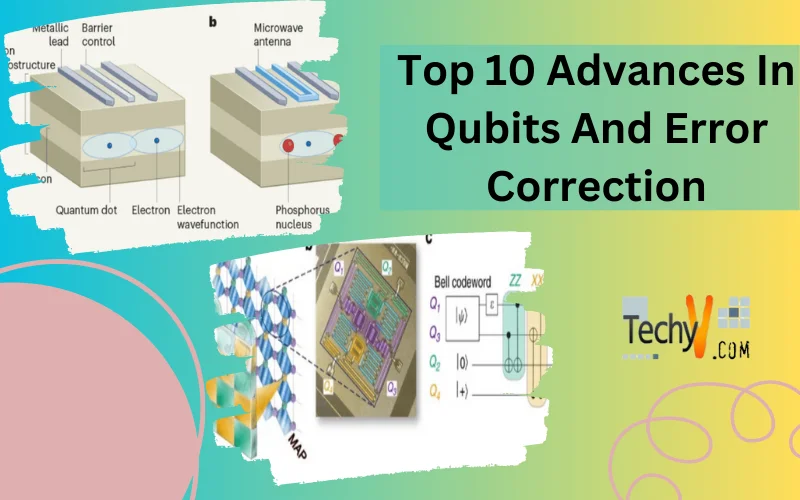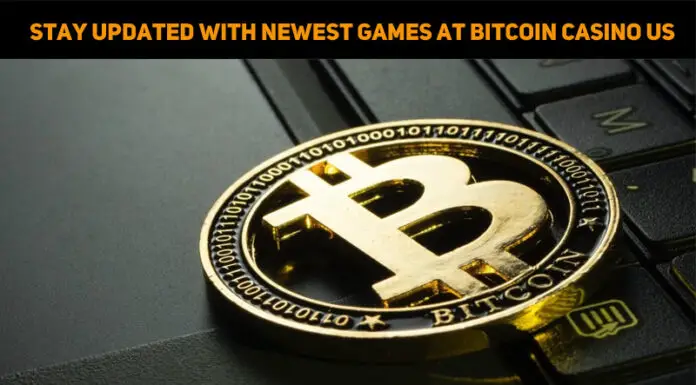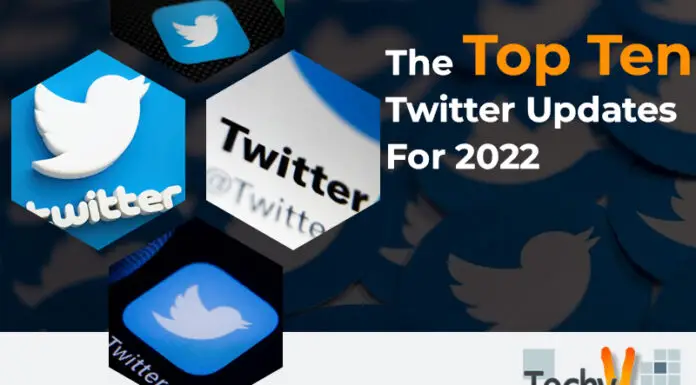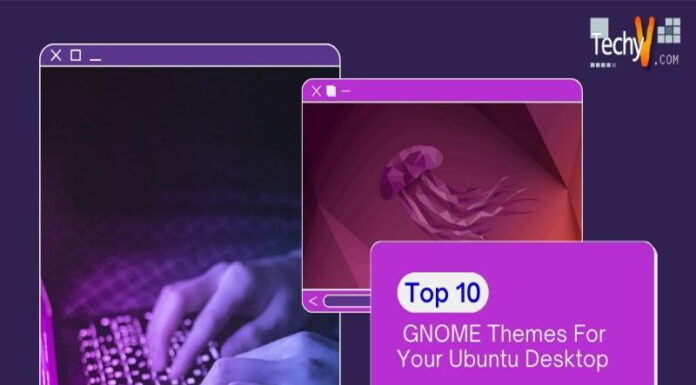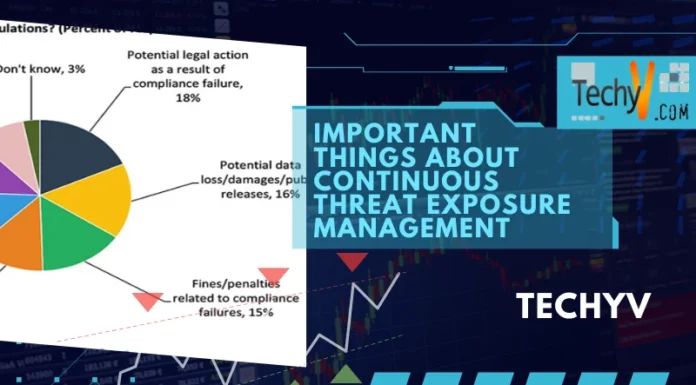Quantum error correction, which helps maintain the quantum states on which quantum processing depends, is essential to the majority of designs for quantum computers. In quantum computing, quantum information is shielded against mistakes caused by decoherence and other quantum noise via quantum error correction (QEC). To achieve fault-tolerant quantum computing, which can lessen the impacts of noise on stored quantum information, flawed quantum gates, flawed quantum preparation, and flawed measurements, quantum error correction is theorised to be crucial. Greater circuit depth algorithms would be possible as a result. Redundancy is used in conventional error correction. The repetition code is the most straightforward yet ineffective strategy. Multiple copies of the data should be kept, and if any of them subsequently turn out to differ, a majority decision should be made. Let’s say we copy a piece three times in a single state.
1. The Superconducting Qubits
Superconducting qubits’ collective excitations in superconducting circuits are currently one of the leading approaches for realizing quantum logic elements and quantum coherent interactions with sufficiently high controllability and low noise to be a viable candidates for implementing medium and large-scale quantum.
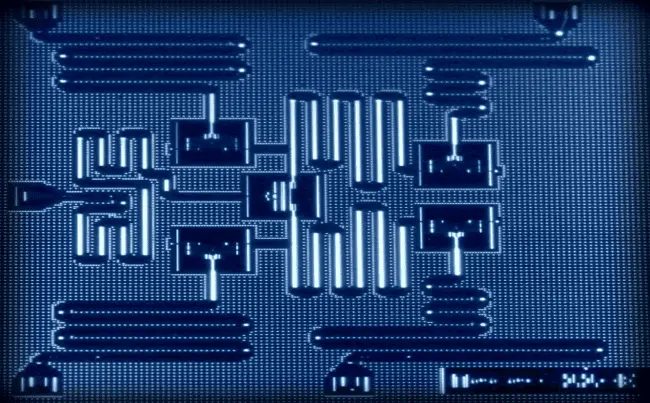
2. The Topological Qubits
In two-dimensional systems, topology makes use of anyons, a type of quasiparticle. The world lines of anyons intersect to create anyons. The largest barrier to manufacturing a special kind of qubit, termed a topological qubit, which Microsoft’s quantum machine will utilise to store and process information is removed by the ability to produce and sustain a quantum phase with Majorana zero modes and a quantifiable topological gap.
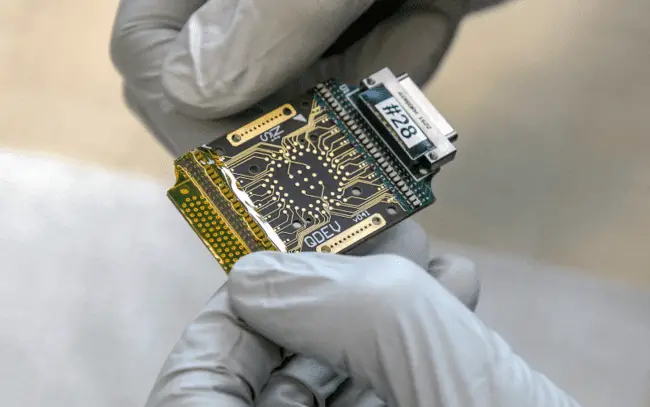
3. Error-Correcting
An approach for representing a series of integers in a way that allows for the detection and correction of any introduced faults is known as an error-correcting code. An error-correcting code (ECC) is a type of encoding that sends messages as binary integers in a way that allows for the recovery of the message even if some bits are accidentally switched. They are employed in virtually all message transmission scenarios, particularly in data storage where ECCs provide data corruption protection.
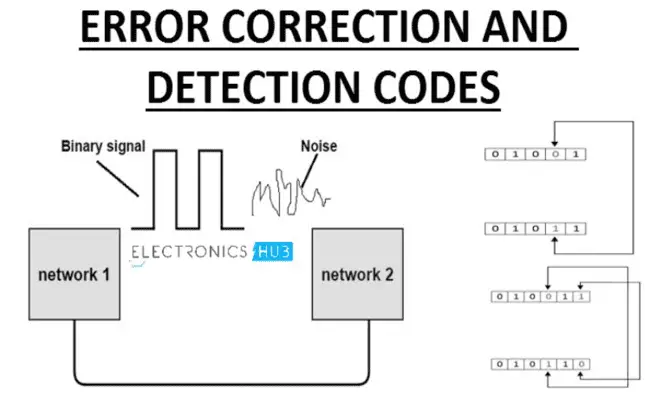
4. Quantum Error
In quantum computing, quantum information is shielded against mistakes caused by decoherence and other quantum noise via quantum error correction (QEC). To achieve fault-tolerant quantum computing, which can lessen the impacts of noise on stored quantum information, flawed quantum gates, flawed quantum preparation, and flawed measurements, quantum error correction is theorised to be crucial.
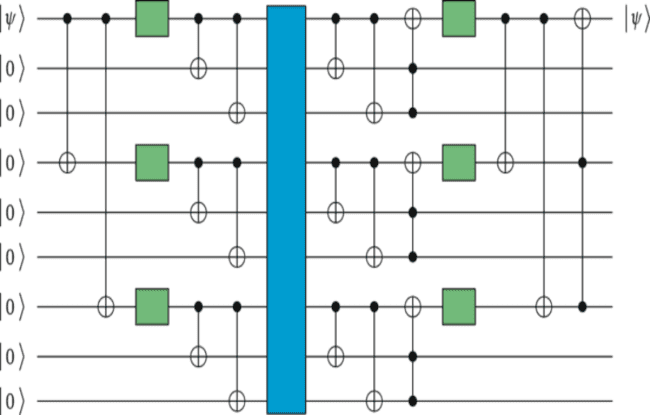
5. The Silicon Qubits
Three electron spins are used in the silicon/silicon germanium quantum dot qubits used for encoding, and a voltage supplied to metal gates is used to partially swap the orientations of those electron spins without ever aligning them in a certain way. The development of tiny, reliable quantum computers that make use of the silicon-microchip industry is greatly enhanced by quantum bits (qubits), which make use of the quantum characteristics of electrons in silicon devices.
6. Topological Error
The greatest known tolerated error rate for a local architecture is achieved by topological error correction, a technique that blends topological quantum computing with quantum error correction. The approach uses cluster states with topological properties and just nearest-neighbour interactions. Unclosed polygons, spaces between polygon borders, and overlapped polygon borders are examples of topological defects with polygon features. The fact that polyline features do not meet completely at a spot is a typical topological mistake.
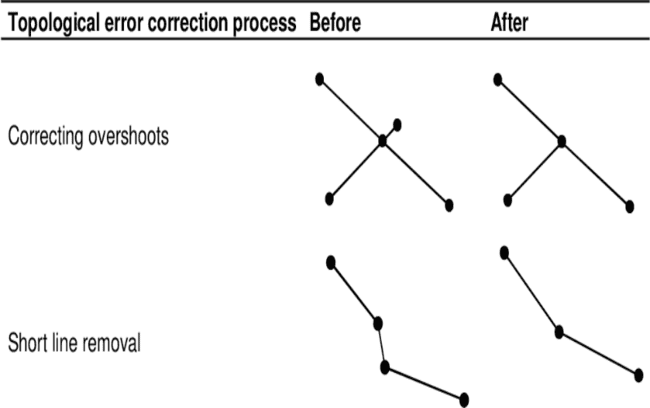
7. Quantum Error Detect
To create fault-tolerant quantum computing, which can avoid the impacts of noise on stored quantum information, defective quantum gates, defective quantum preparation, and defective measurements, quantum error correction is theorised to be required. As a result, more advanced circuit depth methods would be possible.
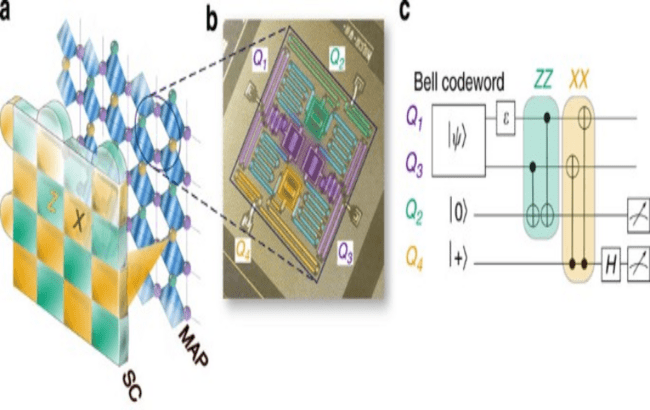
8. Entanglement-Based Error
When two particles, such as a pair of electrons or photons, become entangled, they continue to be coupled even when separated by great distances. Entanglement develops from the link between particles similar to how ballet or tango develops from the individual dancers. It is referred to as an emergent feature by scientists.
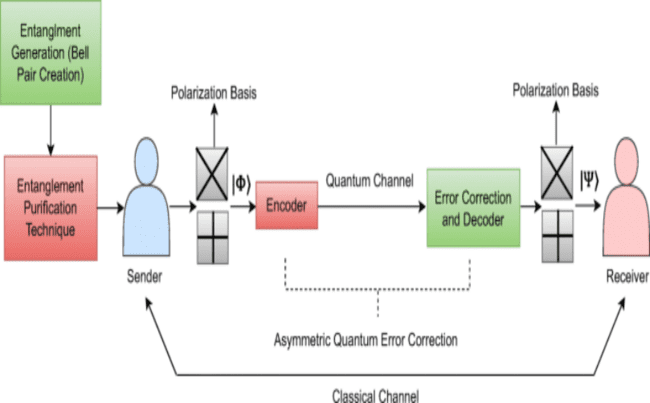
9. Quantum Repeaters
Repeaters simply measure the signal coming in from one side, copy it, and retransmit it at higher power to the other side. As a result, the quantum internet can transmit information reliably over very long distances.
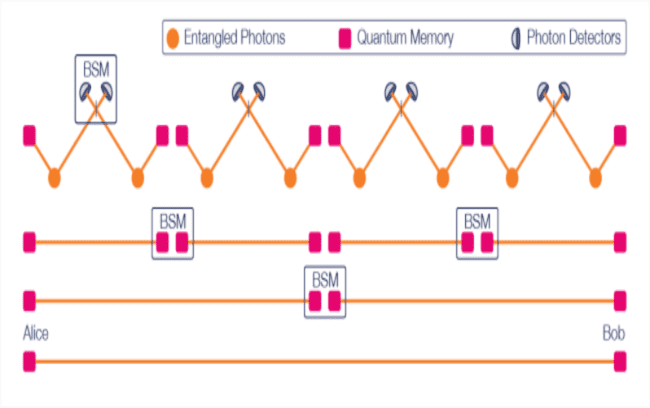
10. The Hybrid Qubits
Understanding and enhancing quantum systems requires recognising and addressing prevalent causes of decoherence. Here, we demonstrate how proper tweaking of the qubit parameters and operating points may result in an order-of-magnitude improvement in both the free induction decay time (T2) and the Rabi decay rate (Rabi) of the quantum dot hybrid qubit. By using this qubit’s spin-like operating regime and making parameter selections that boost the qubit’s resistance to charge noise.
